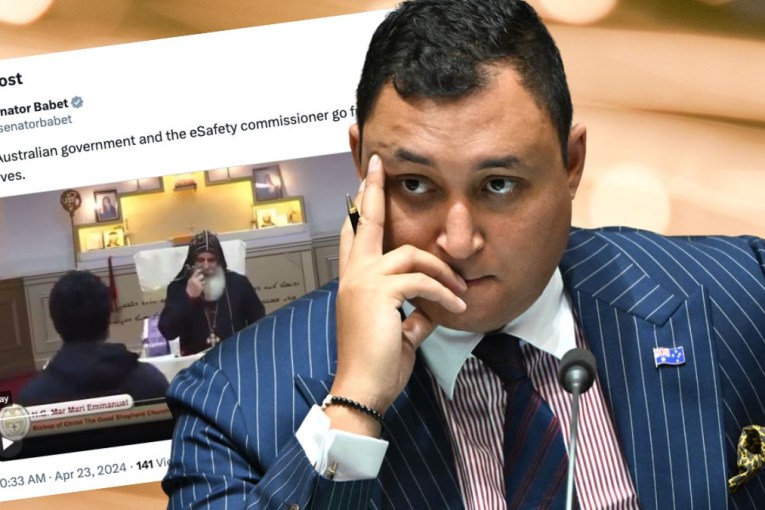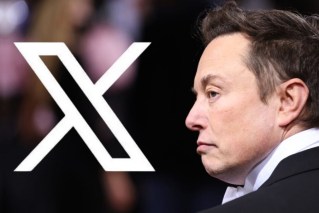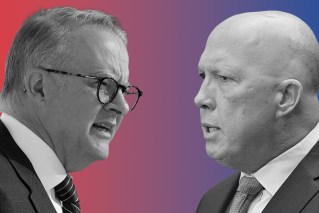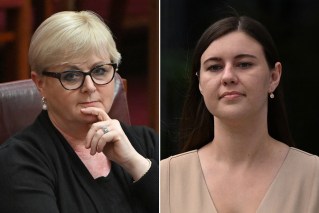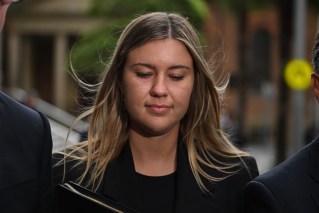‘Worst pressures’ of energy supply over

The worst of the pressures on the energy grid have passed but significant strain still remains, Energy Minister Chris Bowen says.
Mr Bowen said the market regulator and operator had worked to avoid any blackouts or the need for load shedding.
“We believe we’re through the worst of the pressures on the energy system but the national energy market continues to function under pressure,” he said on Monday.
“Nevertheless, we are in a situation where more generation has come back on board.”
Mr Bowen said the government would work with the Energy Security Board on the proposed capacity mechanism to ensure energy reliability during the transition to renewables.
The board has recommended gas and coal-fired generators as an ongoing part of the energy mix, while renewable energy and storage gradually takes over the national electricity grid. That could include paying the generators to provide a reliable power supply rather than just for the energy they produce.
It came as the consumer watchdog warned Australia’s power prices had spiked up to five times higher in June, and another small provider urged customers to find another retailer.
Australian Competition and Consumer Commission chair Gina Cass-Gottlieb said the watchdog was actively monitoring power companies to ensure they did not act against the interest of consumers and withhold supply or set retail prices above the market safety net.
“The market is changing rapidly so keep up to date about your plan and the prices you’re paying,” Ms Cass-Gottlieb said.
“It may also be harder to find another plan at the moment, as some retailers are not accepting new customers. Nevertheless, it is important to ensure that customers shop around to ensure they are on the best deal available to them.”
In another development, retailer Electricityinabox urged its customers to go elsewhere. Chief executive Morgan Duncan said “only the lazy or crazy would stay” with his company, with its rates set to leap by 95 per cent on July 1.
“We need you to switch electricity providers. The sooner you do, the better chance you have of finding a good deal,” he told customers in a letter.
“Other retailers have purchased energy a long time ago at a much lower cost and can still offer you a hot deal. Time and their spare capacity for customers may be running out.”
NSW-based Electricityinabox is just the latest of the small retailers to urge its customers to leave, after ReAmped followed providers LPE, Discover Energy and Weston in the same move nearly three weeks ago. Other smaller providers have stopped signing up new customers.
Making the transition
Underwriting coal and gas companies by including them in a proposed capacity mechanism would not affect the country’s transition to renewable energy, ESB chair Anna Collyer said.
Prolonging the life of coal and gas fired power plants was not the intention of the board, she said.
“We have multiple principles, one of which is to ensure continued emissions reduction,” she told the ABC.
“We want to make sure that can happen and part of that is getting the new assets into the system and getting the right mix of assets.”
Mr Bowen said the capacity mechanism was consistent with the emissions reduction trajectory as it supported the development and transition to renewables.
“It’ll complement our emissions reduction target, not contradict it,” he said.
“It’ll provide that underpinning [of power generators] so we can ensure the system remains reliable as we undertake this massive transformation.”
A separation of energy and capacity markets that has been used overseas could also be employed before the mechanism evolved with changing circumstances into the future, according to the ESB chair.
Victorian Premier Daniel Andrews said all east coast states and territories that made up the National Energy Market had their own energy mix but would work towards renewable energy.
“The future is about renewables, whether it is wind or solar or battery storage, particularly when it’s firmed up and turned into baseload synchronous energy,” he said.
“At the same time, though, I’m the first to acknowledge the fact that coal and to a lesser extent gas at the moment right now and even … to 2025 are still part of our mix.”
Mr Andrews said while coal and gas companies kept coming to the Victorian government looking for help, the sector couldn’t be abandoned entirely despite lagging economic viability.
“They can’t get finance for maintenance. We can’t have them run to the exits, though and leave us without the baseline we need,” he said.
“But the time has come to stop talking about transition and to get on and make it.”
Victorian Energy Minister Lily D’Ambrosio said: “We have always been clear that a capacity market operating in Victoria would make payments to zero-emissions technologies and not fossil fuels”.
NSW Energy Minister Matt Kean said his state needed to balance its investment in renewable energy for the future and keeping existing energy infrastructure running to provide power.
“We need to make sure that we’re modernising our electricity system,” he said.
“That’s why we’re working with the energy companies, the Australian energy market operator and with the Energy Security Board to make sure we manage this transition responsibly from old equipment to new.”
The post-2025 capacity mechanism plan has been released for industry input, with a July 25 deadline for submissions.
Energy ministers will meet on Friday to discuss the immediate energy crisis.
-with AAP
